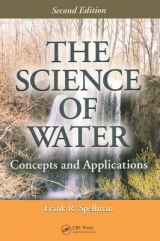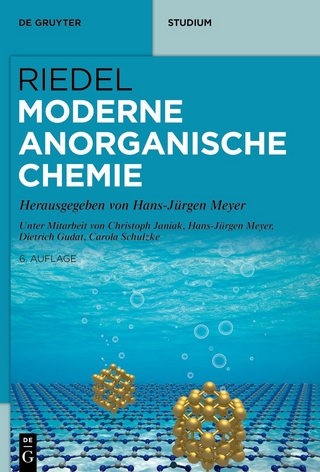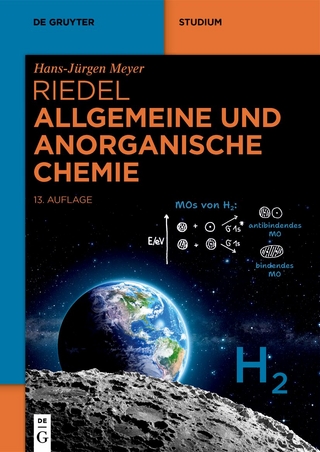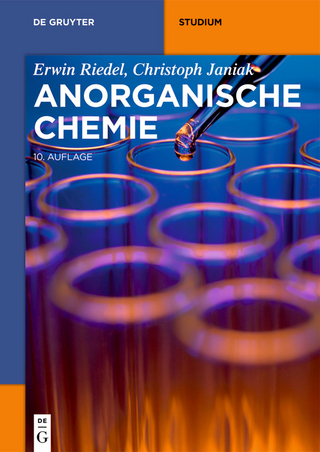
The Science of Water
Technomic Publishing Co (Verlag)
978-1-56676-612-8 (ISBN)
- Titel erscheint in neuer Auflage
- Artikel merken
Water is a limited resource. The average person might ask how this can be? We are literally shrouded in water-water covers most of the earth-water, water, water, everywhere you look there is water. Obviously, this person does not live in or is not familiar with arid and semi-arid parts of the globe. Maybe our viewer is referring to the hydrologic cycle-that natural process of rainfall-runoff-evaporation, which repeats itself continuously (we can only hope that it continues to do so). Our viewer is not alone in his/her assessment of water-the state of water-the fact is most people do not give water a second thought.
A belief prevails that the earth's finite water resources can be increased constantly to meet growing demands. At the present time, the supply of water is constantly made to respond to demand. Modern technology has allowed us to tap potable water supplies and to design and construct elaborate water distribution systems. We have developed technology to treat water we foul, soil, pollute, discard, and flush away. History has demonstrated that consumption and waste increase in response to rising supply. But the fact remains: fresh waters are a finite source-one that can be increased only slightly through desalinization or some other practice-all at tremendous cost.
If water is so precious, so necessary for sustaining life, then two questions arise:
1.Why do we ignore water?
2.Why do we abuse it (pollute or waste it)?
We ignore water because it is so common, so accessible, so available, so unexceptional (unless you are lost in the desert without a supply of it) that we don't have to think about it. Why do we pollute and waste water? Several reasons are discussed in this text.
This text deals with the essence of water: what water is, and what water is all about. While this text points out that water is one of the simplest and most common chemical compounds on earth, it is also one of the most mysterious and awe-inspiring substances we know. Essential to this discussion of water and its critical importance on earth is man-man and his use, misuse, and reuse of fresh water and wastewater. Since water is the essence of all life on earth, it is precious-too precious to abuse, misuse and ignore. The common thread woven through the fabric of this presentation is water resource utilization and its protection.
Introduction
Setting the Stage
Scope of Text
Definitions of Key Terms
All about Water
Introduction
How Special, Strange, and Different is Water?
The Properties and Characteristics of Water
Inflammable Air + Vital Air=Water
Just Two H's and One O
Somewhere Between 0 and 105
The Water Cycle (Hydrologic Cycle)
Water Sources
What Are the Major Sources of Drinking Water?
Water Use
Water Mathematics
Introduction
Basic Math: Conversion of Fractions to Decimals
Powers of Ten and Scientific Notation
Powers of Ten Notation
Scientific Notation
Dimensional Analysis
Rounding Off a Number
Equations: Solving for the Unknown
Solving Simple Equations
Checking the Answer
Setting Up the Equation
Ratio and Proportion
Ratio
Proportion
Finding Averages
Percent
Percent: Practical Applications
Perimeter and Circumference
Area
Volume
Conversion Factor
Temperature Conversion
Other Important Conversions
Pressure and Head Calculations
Calculations for Flow
Instantaneous Flow Rate
Average Flow Rate
Annual Average Daily Flow
Peak-Hour Demand
Peak-Day Demand
Minimum-Day Demand
Peak-Month Demand
Minimum-Month Demand
Detention Time
Water Hydrology
Hydraulics
Terminology
Basic Concepts
Properties of Water: Temperature/Specific Weight/Density
Density and Specific Gravity
Force and Pressure
Head
Measuring Flow
Piezometric Surface
Water Chemistry
Introduction
The Structure of Water
Changing Matter
Atomic Structure of Water
Atoms and Molecules
Periodic Table of Elements
Ions
Water's Ability to Dissolve
Water: Components of
Turbidity
Water Color
Dissolved Oxygen (D.O.)
Metals in Water
Organic Matter
Inorganic Matter
pH
Alkalinity
Hardness
Chemicals Used in Water/Wastewater Treatment Processes
Odor Control (Wastewater Treatment)
Disinfection
Chemical Precipitation
Adsorption
Coagulation
Taste-and-Odor Removal
Recarbonation
Ion Exchange Softening
Scaling and Corrosion Control
Water Biology
Introduction
Microorganisms
Microorganisms (In General)
Classification
The Cell
Bacteria
Protozoa and Other Microorganisms
Algae
Fungi
Biological Processes (Wastewater Treatment)
Aerobic Process
Anaerobic Process
Anoxic Process
Photosynthesis
Growth Cycles
Self-Purification
Biogeochemical Cycles
Carbon Cycle
Nitrogen Cycle
Sulfur Cycle
Requirements for Biological Activity
Water Ecology
Introduction
Why Study Water Ecology?
General Aspects of Running Waters
Running Waters: Variations from Place to Place
Major Physical Factors of Running Waters
Lotic Habit
Characteristics of Aquatic Organisms Based on Mode of Life
Limiting Factors
Sources of Energy to Running Water Food Webs
Lotic Ecosystems
Running Water and the Heavy Hand of Man
Biotic Indicators of Pollution
Water Quality
Introduction
Water Quality: Regulatory Requirements
Safe Drinking Water Act of 1974
Water Pollution Control Act of 1972 (Clean Water Act, CWA)
Characteristics of Water and Wastewater
Physical Characteristics of Water/Wastewater
Chemical Characteristics of Water
Chemical Characteristics of Wastewater
Biological Characteristics of Water/Wastewater
Water/Wastewater Treatment
Introduction
Water Treatment Systems
Screening
Coagulation
Flocculation
Sedimentation
Filtration
Disinfection
Softening
Wastewater Treatment
How Does Wastewater Treatment Work?
Primary Treatment
Secondary Treatment
Tertiary Treatment
Water Use
Introduction
Water Supply and Demand (Global)
Water Supply Problems
Water Resource Management
Water Pollution
Introduction
Major Water Pollutants
Oxygen-Demanding Wastes
Disease-Causing Agents
Inorganic Chemicals and Minerals
Radioactive Substances
Thermal Pollution
Organic Chemicals
Sources of Water Pollution
Water Quality Management
The Rhine River Disaster
Water Reuse
Introduction
Water Reuse/Reclamation
Reuse Terms
Reuse for Nonpotable Purposes
Nonpotable Urban Uses
Water Quality Requirements of Reclaimed Water for Urban Nonpotable Reuse
Potable Water Reuse
References
| Erscheint lt. Verlag | 9.3.1998 |
|---|---|
| Verlagsort | Lancaster |
| Sprache | englisch |
| Maße | 152 x 229 mm |
| Gewicht | 454 g |
| Themenwelt | Naturwissenschaften ► Chemie ► Anorganische Chemie |
| Naturwissenschaften ► Geowissenschaften ► Geologie | |
| ISBN-10 | 1-56676-612-5 / 1566766125 |
| ISBN-13 | 978-1-56676-612-8 / 9781566766128 |
| Zustand | Neuware |
| Informationen gemäß Produktsicherheitsverordnung (GPSR) | |
| Haben Sie eine Frage zum Produkt? |
aus dem Bereich



